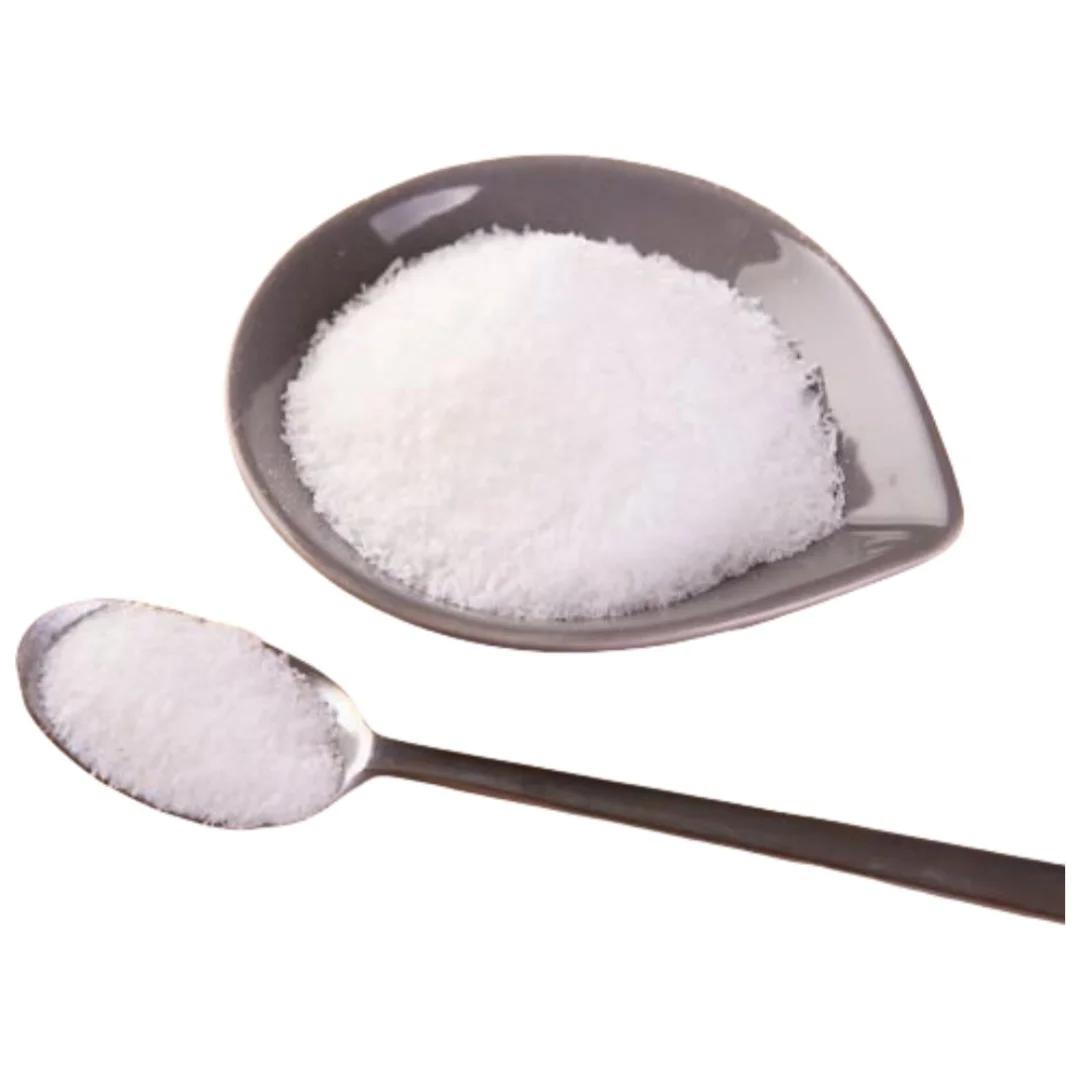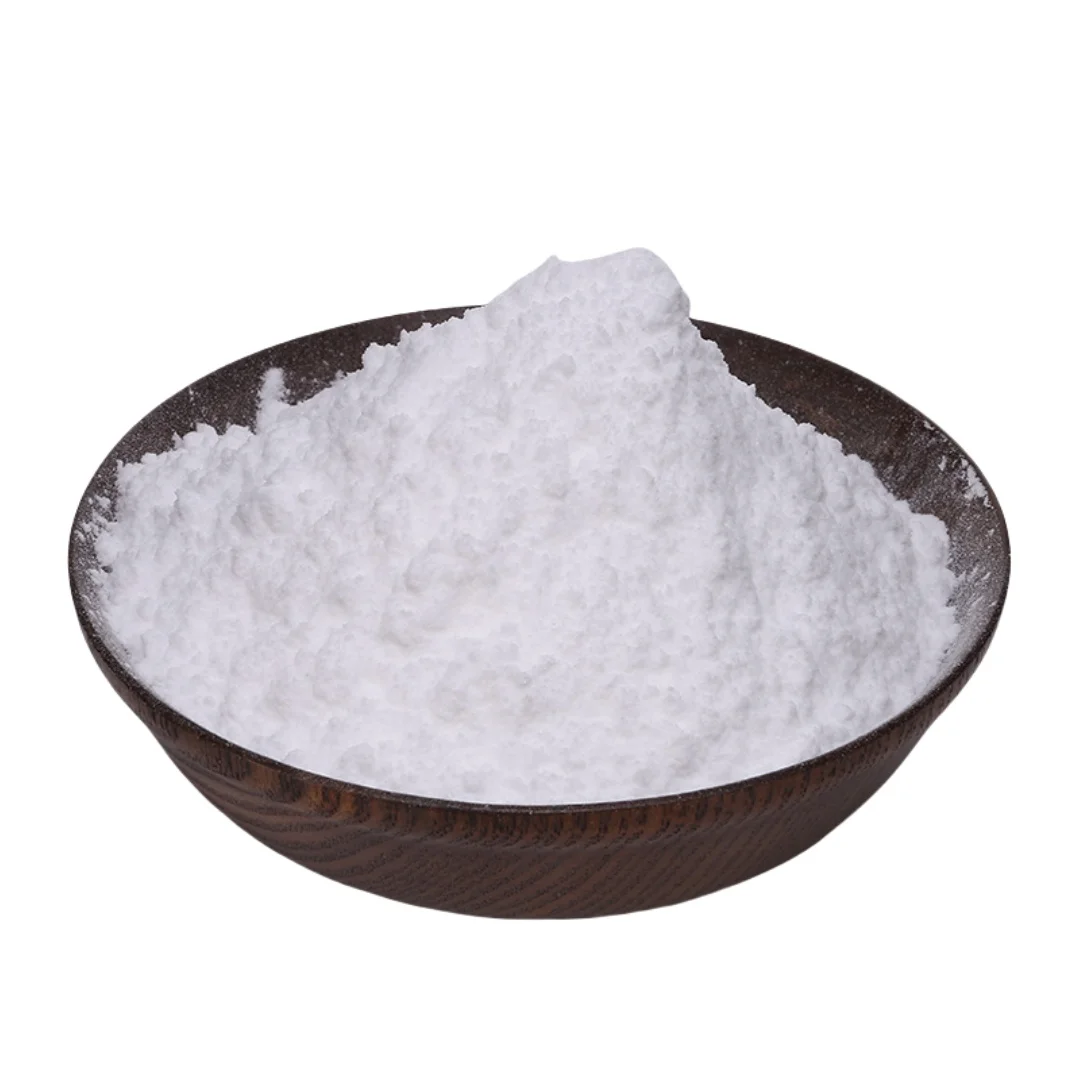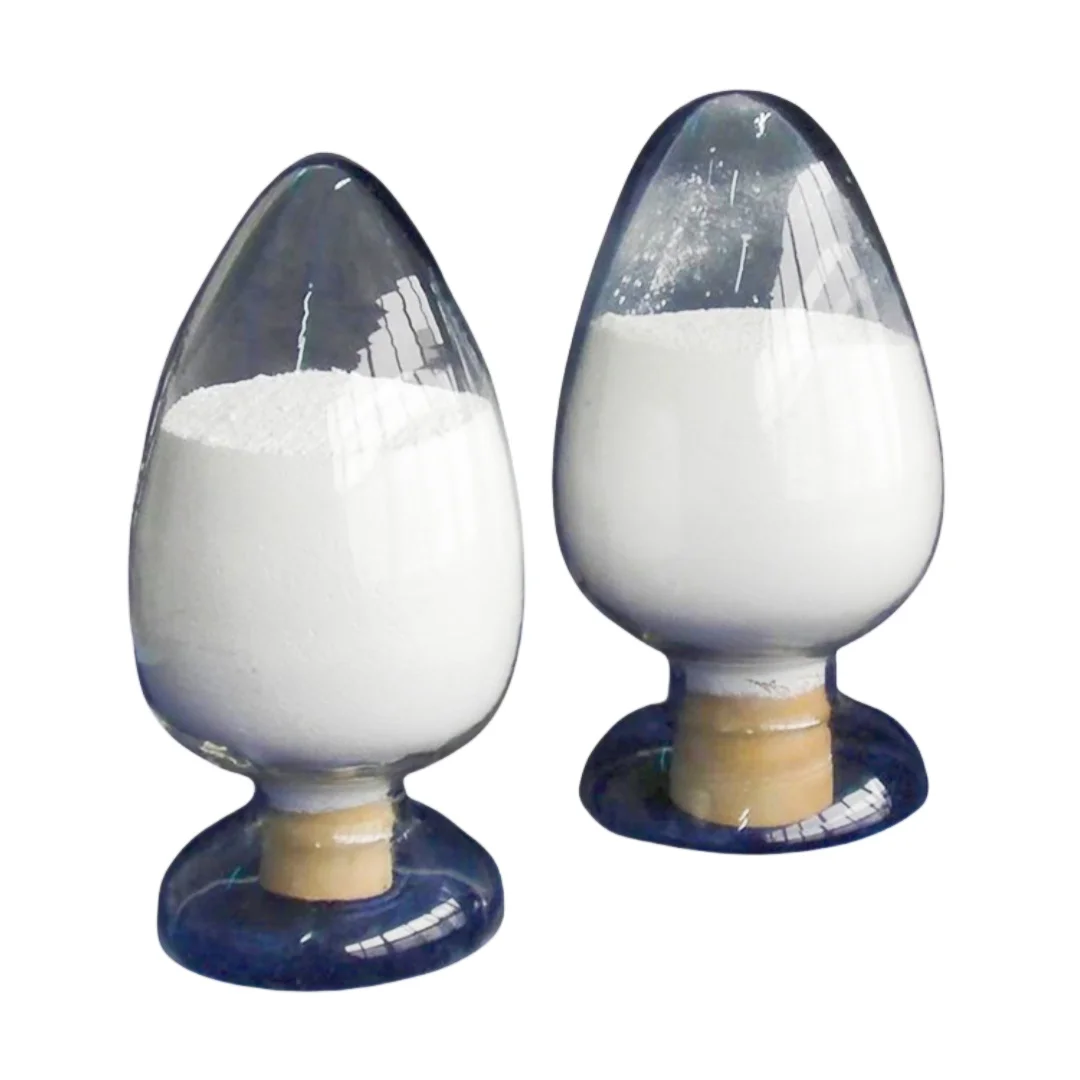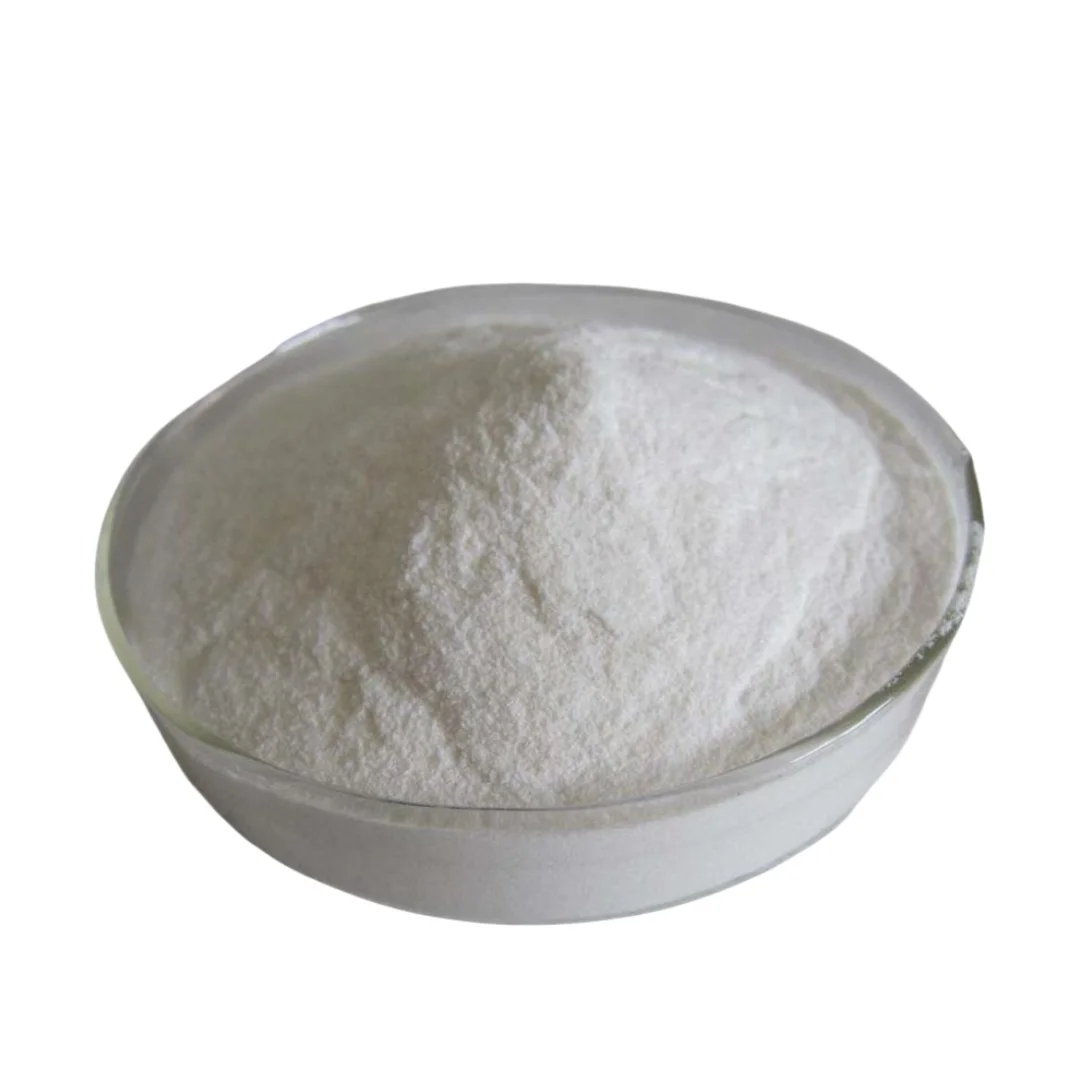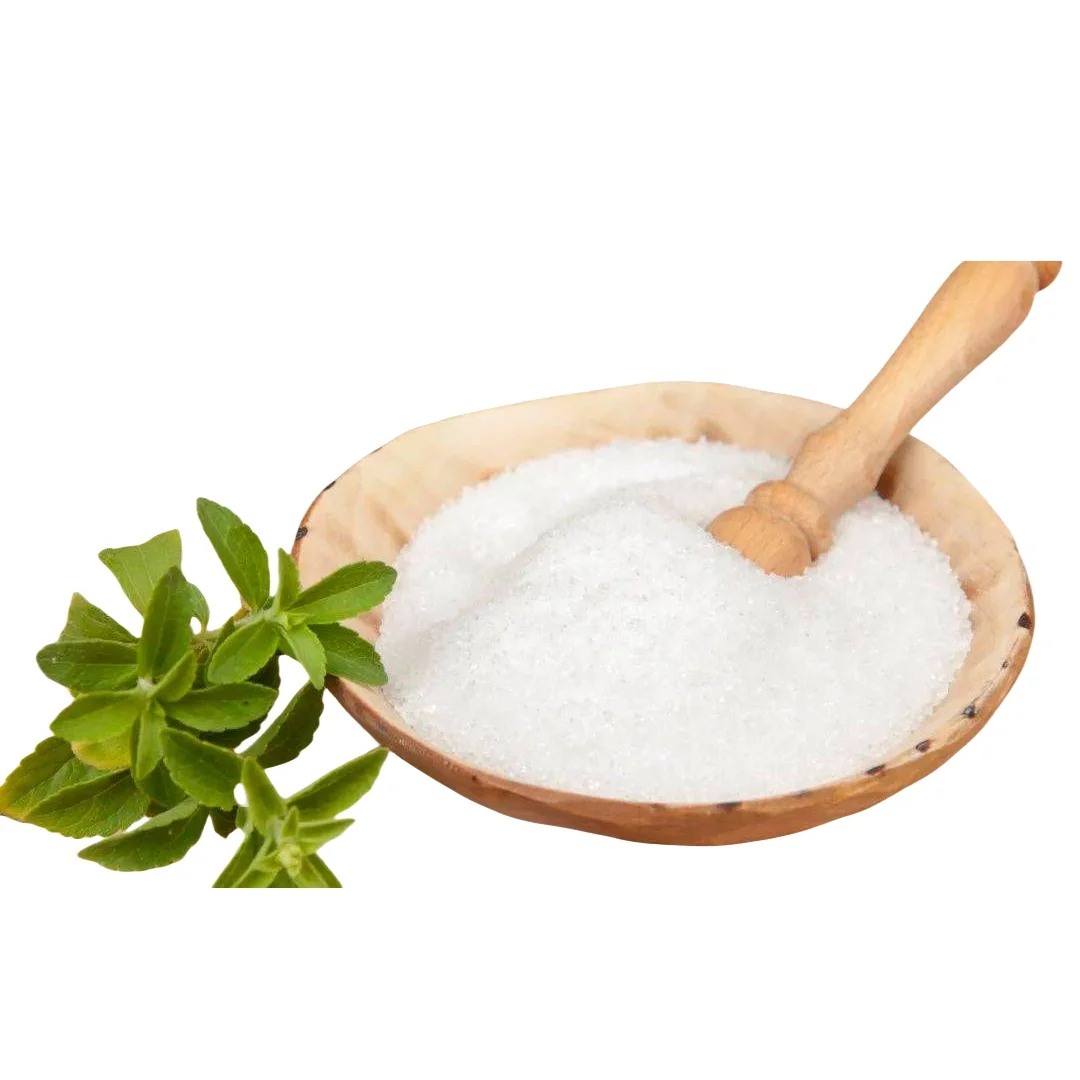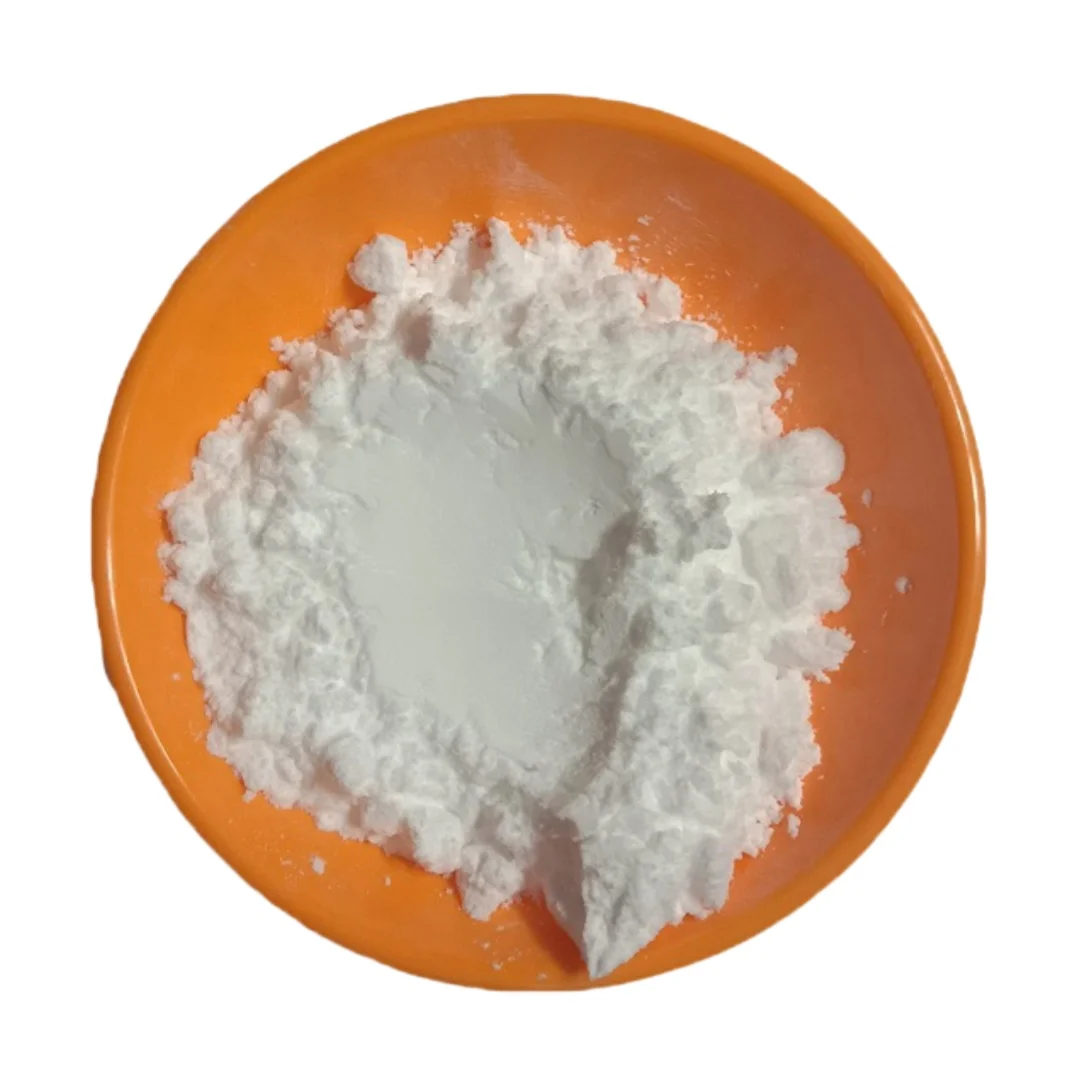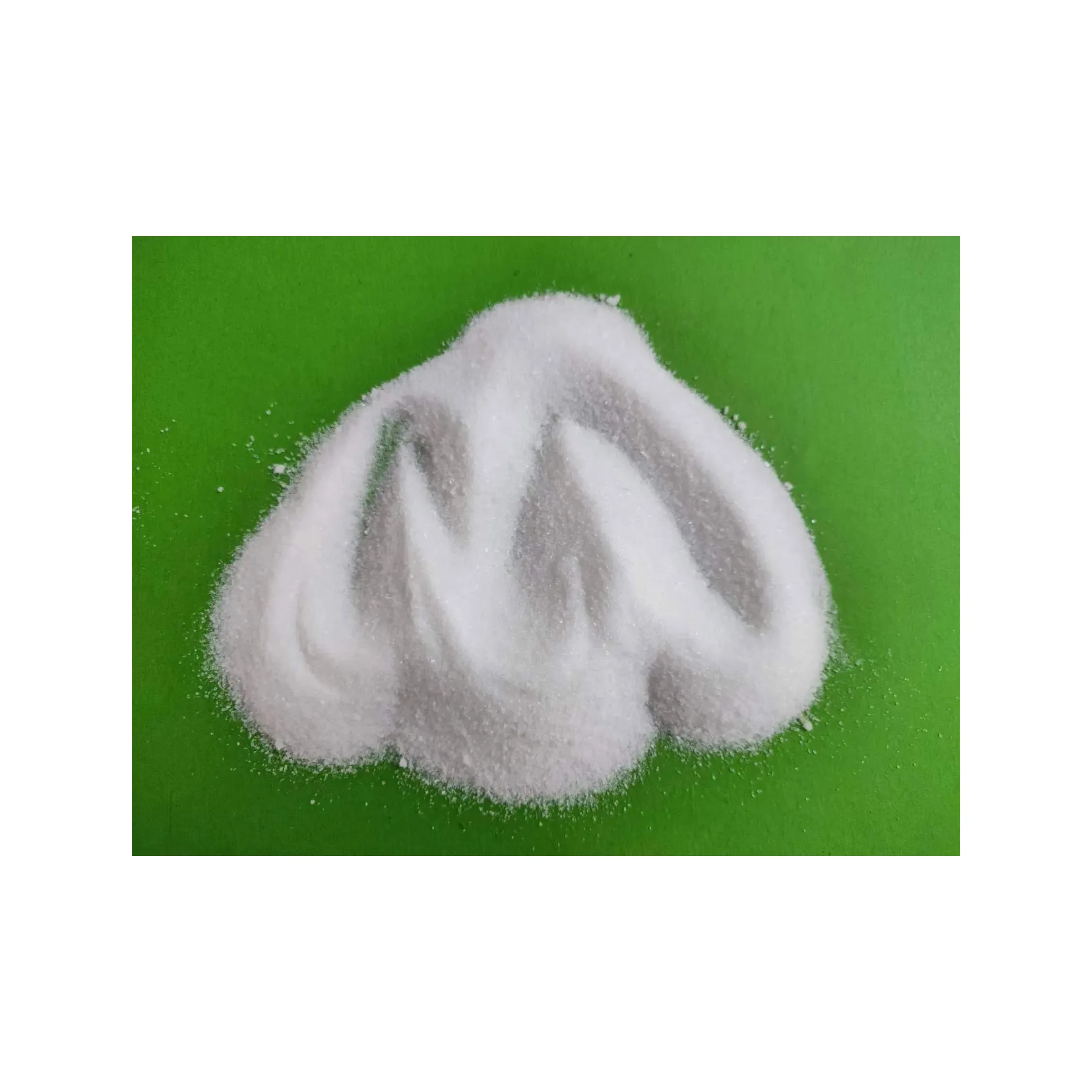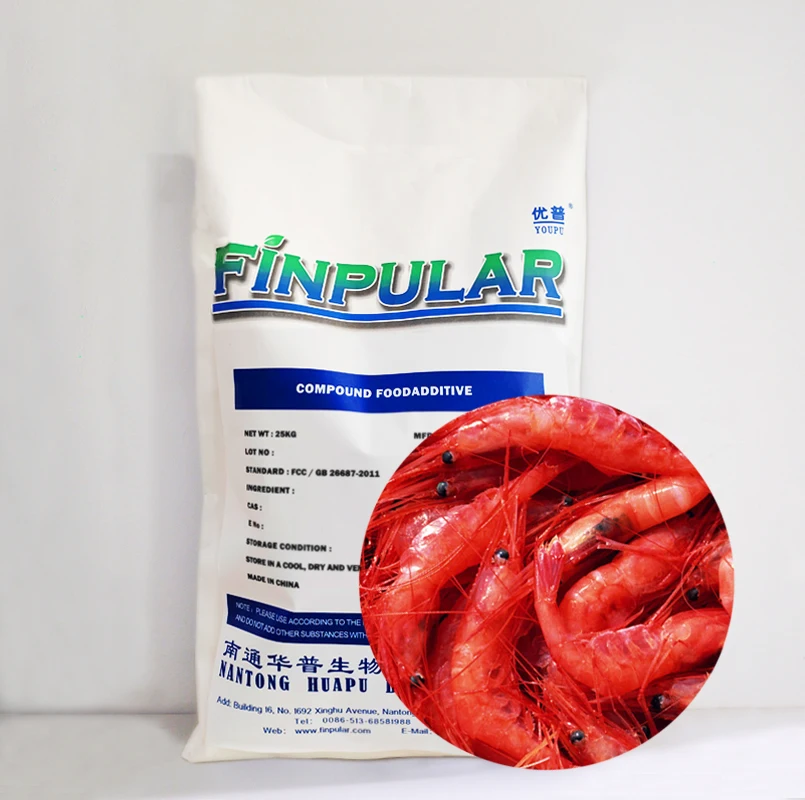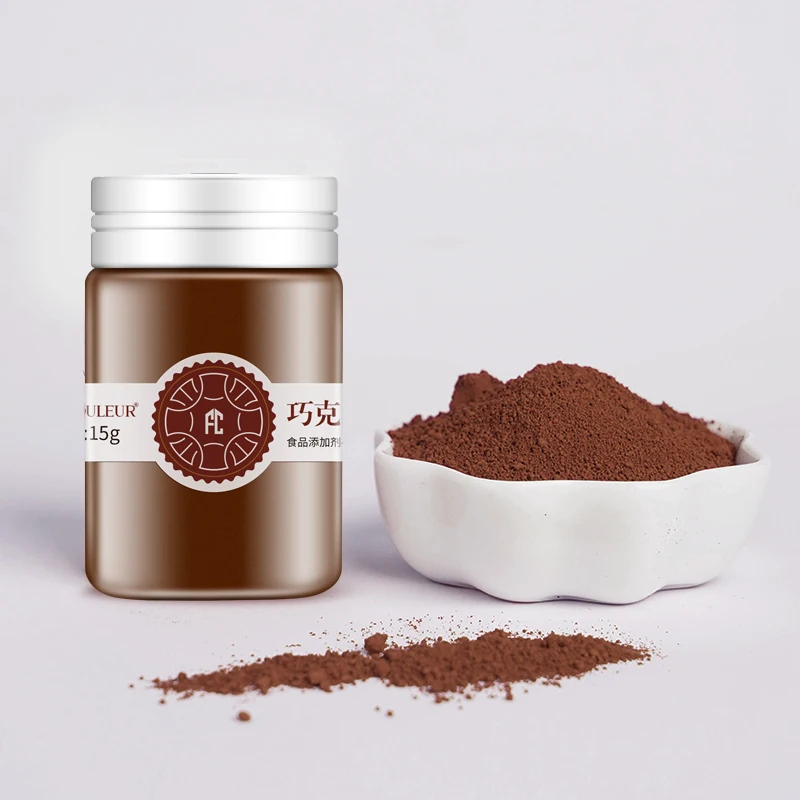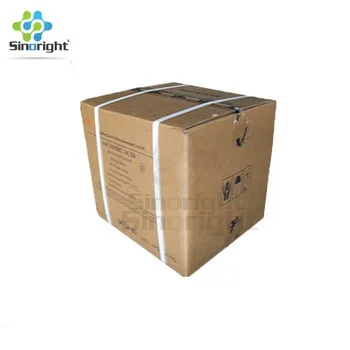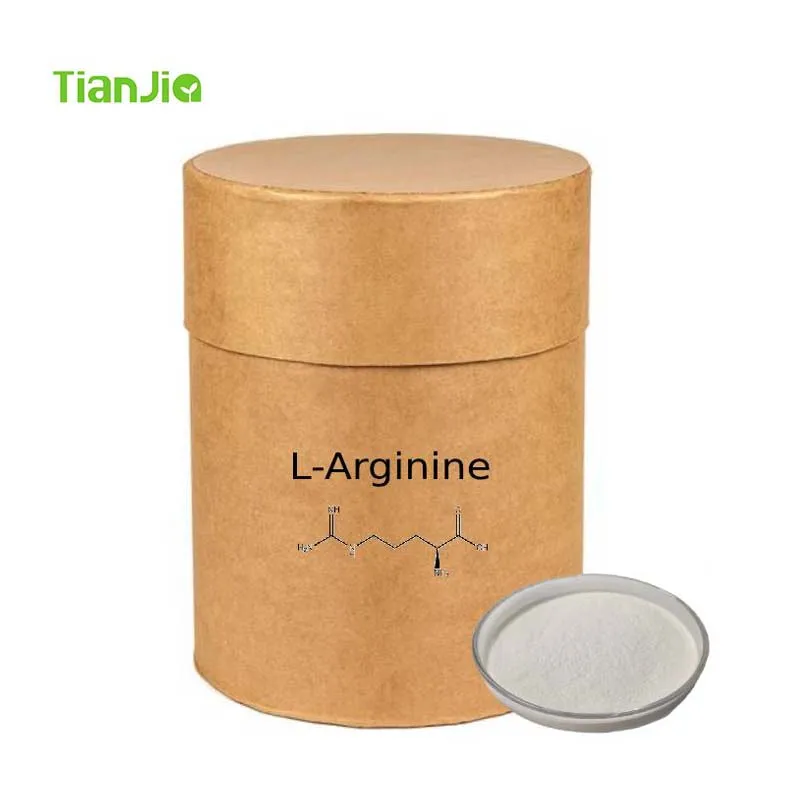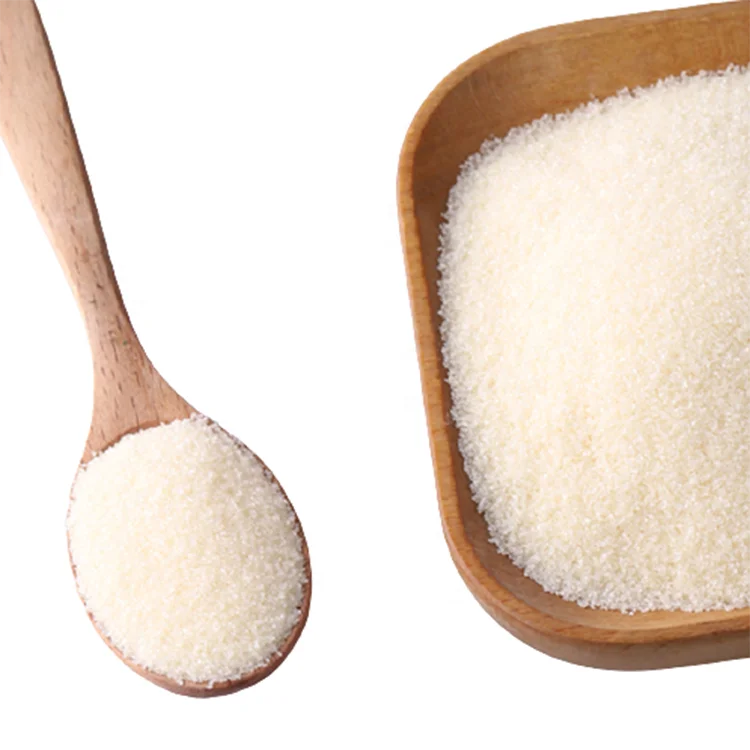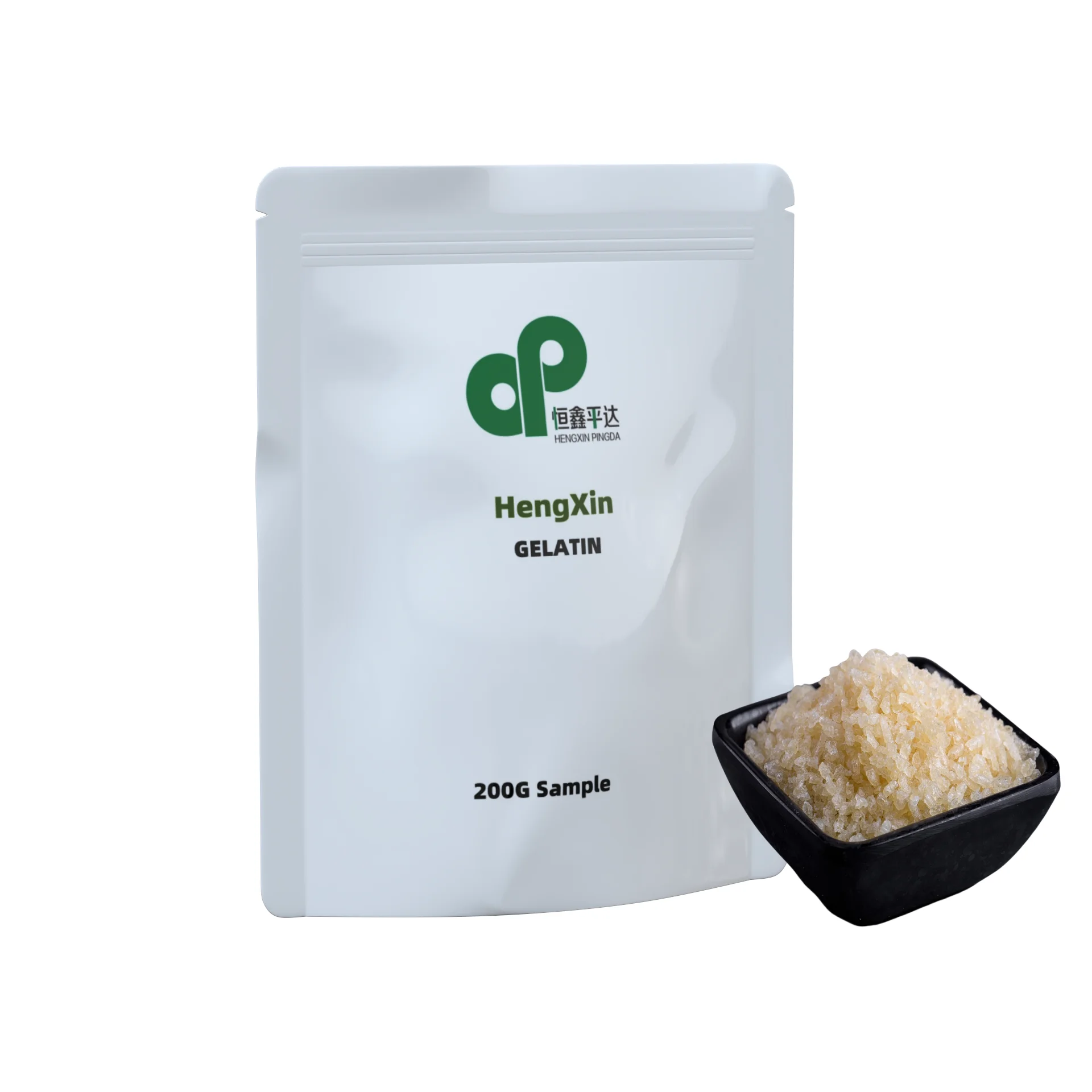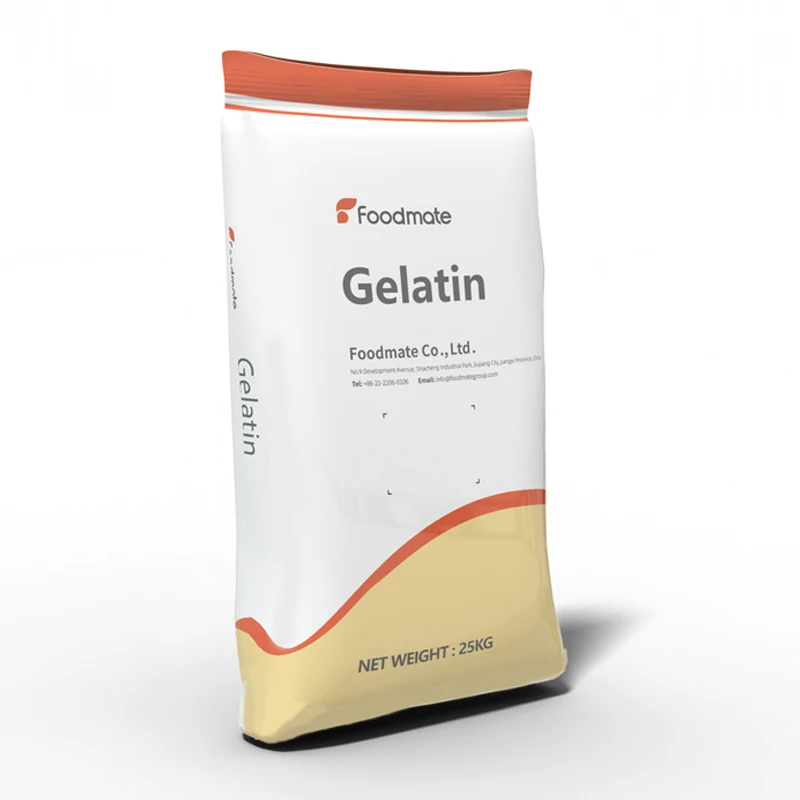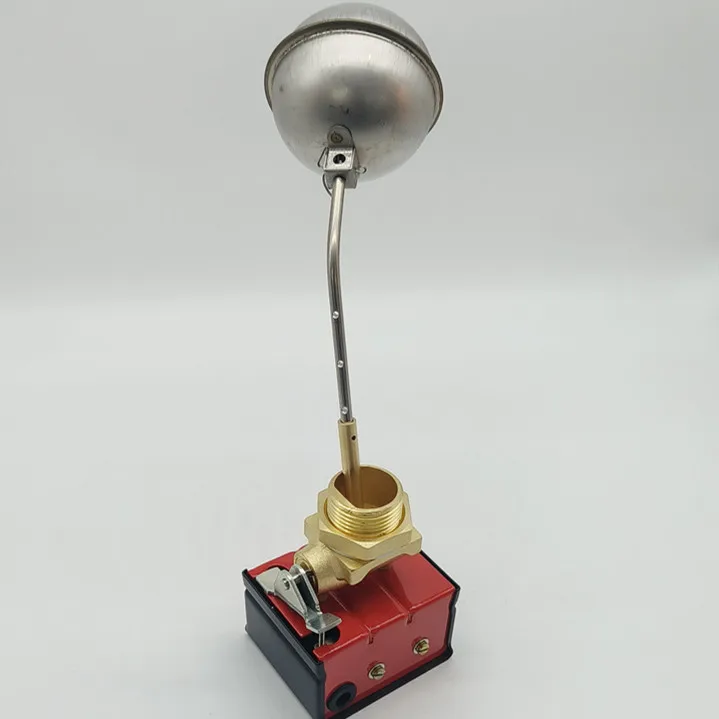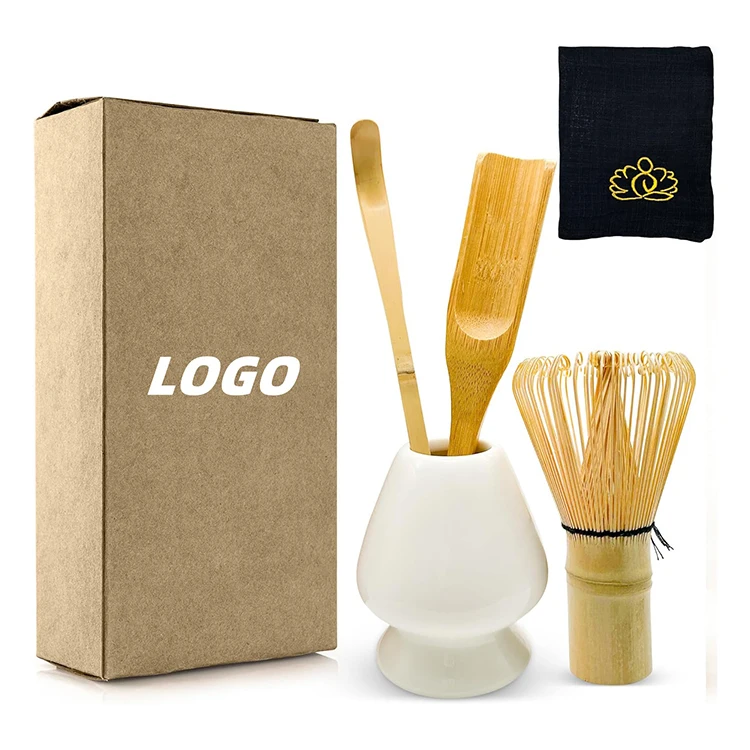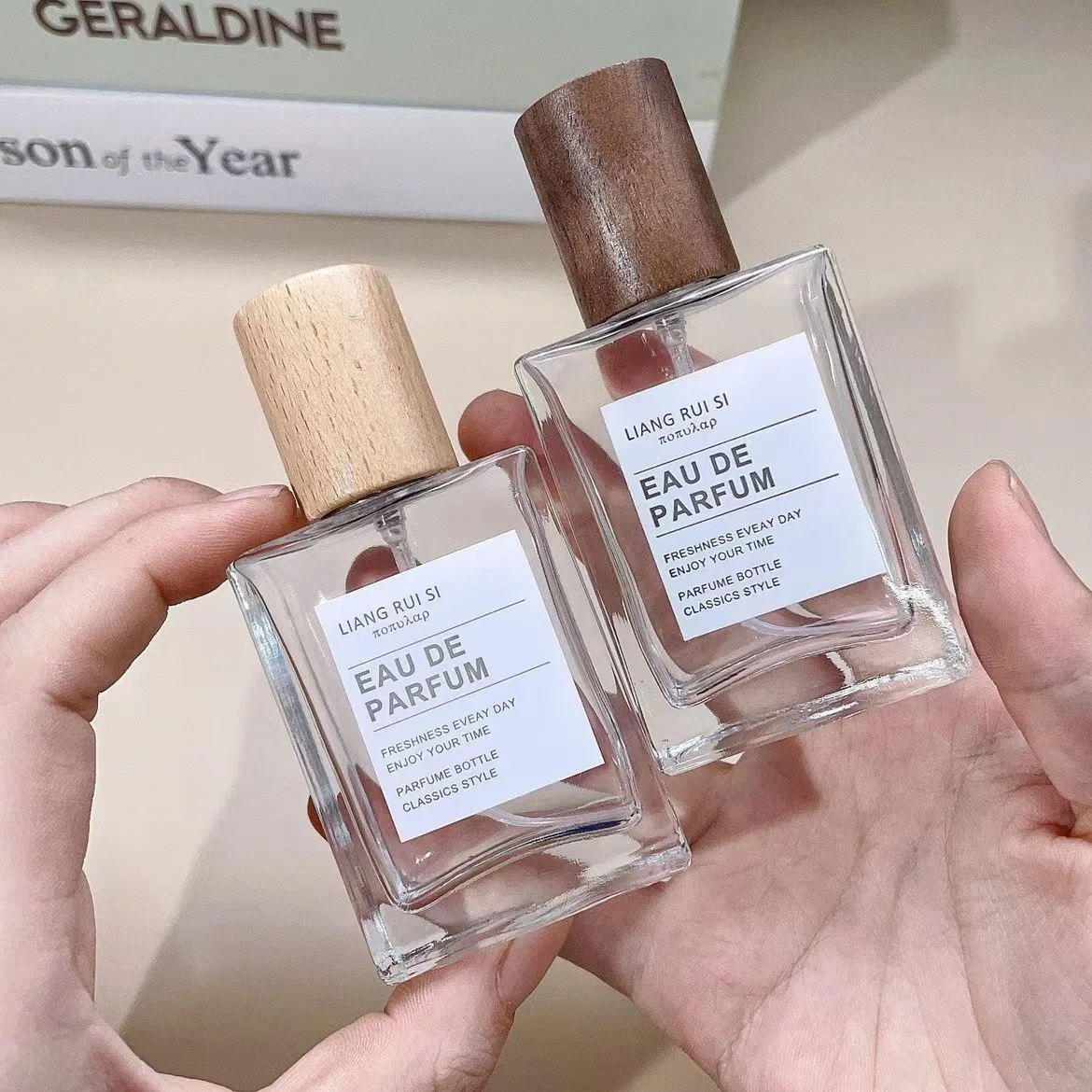Top Purity Organic D Mannitol Powder Factory Supplied CAS 87 78 5 Mannitol Effective Stabilizer Thickener Antioxidant
- Category: >>>
- Supplier: Hebei Qiaotu Chemical Products Import And Export Co. Ltd.
Share on (1601233706752):
Product Overview
Description
PRODUCTS DESCRIPTION


D-mannitol
Colorless to white acicular or rhombic columnar crystals or crystalline powders. Odorless, with a cool sweet taste. The sweetness is about 57% to 72% of sucrose. It produces 8.37J of heat per g, about half that of glucose. Contains a small amount of sorbitol. The relative density is 1.49. Optical rotation [α]D20º-0.40º(10% aqueous solution). Very little moisture absorption. The aqueous solution is stable. Stable to dilute acid and alkali. Not oxidized by oxygen in the air. Soluble in water (5.6g/100ml, 20℃) and glycerin (5.5g/100ml). Slightly soluble in ethanol (1.2g/100ml). Soluble in hot ethanol. Almost insoluble in most other commonly used organic solvents. The pH value of 20% aqueous solution is 5.5 ~ 6.5.
PRODUCT PARAMENTERS


Items | Specification |
Appearance | white or almost white crystals or powder |
Solubility | freely soluble in water, practically insoluble in ethanol(96%) |
Identification | Specific rotation +23o - +25o |
Melting point 165-170oC | |
Infrared absorption conform | |
Appearance of solution | clear & colorless |
Conductivity | ≤20μS/cm |
Reduce sugar | ≤0.1% |
Related substances | A(Sorbitol) ≤2.0% |
B+C(Maltitol+ Isomalt) ≤2.0% | |
Unspecified ≤0.1% | |
Total ≤2.0% | |
Heavy metal | ≤5ppm |
Nickel | ≤1ppm |
Loss on drying | ≤0.5% |
Microbiological | Total aerobic count ≤103cfu/g |
Yeast&mold ≤102cfu/g | |
E.Coli negative | |
Salmonella negative | |
Assay | 97.0-102.0% |
Bacterial endotoxin | ≤2.5EU/g |
PRODUCT APPLICATION



First, the food industry
Sweetener:
D-mannitol has the characteristics of low sweetness and low calories, and its sweetness is about 57%-72% of sucrose. It can be used as a low-calorie sweetener in foods and is suitable for people with diabetes and those who need to control their caloric intake.
It is used to make sugar-free foods, such as sugar-free candies, sugar-free cookies, sugar-free beverages, etc., which can meet the needs of consumers for sweetness without causing large fluctuations in blood sugar.
Moisturizer:
Due to its good hygroscopic properties, it can play a moisturizing role in food and prevent food from losing taste and quality due to drying.
In pastry, bread and other baked goods, it can maintain the softness and wetness of the product and extend the shelf life.
In preserves, preserved fruits and other foods, it can prevent their hardening due to water loss and maintain good taste.
Stabilizer:
In dairy products such as ice cream and yogurt, it can be used as a stabilizer to prevent the phenomenon of stratification and precipitation of products during storage and transportation.
In the beverage, it can help maintain the stability of the beverage and make its taste more uniform.
Gelling agent:
In some food processing, gels can be formed together with other ingredients to increase the taste and texture of food.
For example, in jelly, pudding and other foods, it can be used with carrageenan, gelatin, etc., to form a soft and elastic gel.
Second, the field of medicine
Diuretics:
D-mannitol is used medically as a diuretic to help rid the body of excess water and waste by increasing the production of urine.
It is often used to treat brain edema, glaucoma and other diseases, and can reduce intracranial pressure and intraocular pressure.
Pharmaceutical excipients:
As excipients, fillers and other excipients of drugs, it is used in the preparation of tablets, capsules and other dosage forms.
It has good fluidity and compressibility, which helps to improve the stability and bioavailability of the drug.
Oral laxatives:
In certain doses, it can be used as an oral laxative to relieve constipation by increasing osmotic pressure in the intestine and promoting intestinal motility.
Third, cosmetics
Moisturizer:
Similar to its role in food, it can be used as a moisturizer in cosmetics to keep skin hydrated and prevent skin dryness.
Commonly used in skin care products, cosmetics, such as lotions, creams, facial masks, etc.
Stabilizer:
It can play a role in stabilizing the formula in cosmetics to prevent the phenomenon of delamination and deterioration of products during storage and use.
4. Other areas
Industrial field:
In chemical, paper and other industrial fields, it can be used as a raw material or auxiliary.
For example, in the paper industry, it can be used to improve the strength and durability of paper.
In the agricultural sector:
In agriculture, it can be used as fertilizer synergist to improve the utilization rate of fertilizer.
It can also be used for the preparation of plant growth regulators to promote plant growth.
Sweetener:
D-mannitol has the characteristics of low sweetness and low calories, and its sweetness is about 57%-72% of sucrose. It can be used as a low-calorie sweetener in foods and is suitable for people with diabetes and those who need to control their caloric intake.
It is used to make sugar-free foods, such as sugar-free candies, sugar-free cookies, sugar-free beverages, etc., which can meet the needs of consumers for sweetness without causing large fluctuations in blood sugar.
Moisturizer:
Due to its good hygroscopic properties, it can play a moisturizing role in food and prevent food from losing taste and quality due to drying.
In pastry, bread and other baked goods, it can maintain the softness and wetness of the product and extend the shelf life.
In preserves, preserved fruits and other foods, it can prevent their hardening due to water loss and maintain good taste.
Stabilizer:
In dairy products such as ice cream and yogurt, it can be used as a stabilizer to prevent the phenomenon of stratification and precipitation of products during storage and transportation.
In the beverage, it can help maintain the stability of the beverage and make its taste more uniform.
Gelling agent:
In some food processing, gels can be formed together with other ingredients to increase the taste and texture of food.
For example, in jelly, pudding and other foods, it can be used with carrageenan, gelatin, etc., to form a soft and elastic gel.
Second, the field of medicine
Diuretics:
D-mannitol is used medically as a diuretic to help rid the body of excess water and waste by increasing the production of urine.
It is often used to treat brain edema, glaucoma and other diseases, and can reduce intracranial pressure and intraocular pressure.
Pharmaceutical excipients:
As excipients, fillers and other excipients of drugs, it is used in the preparation of tablets, capsules and other dosage forms.
It has good fluidity and compressibility, which helps to improve the stability and bioavailability of the drug.
Oral laxatives:
In certain doses, it can be used as an oral laxative to relieve constipation by increasing osmotic pressure in the intestine and promoting intestinal motility.
Third, cosmetics
Moisturizer:
Similar to its role in food, it can be used as a moisturizer in cosmetics to keep skin hydrated and prevent skin dryness.
Commonly used in skin care products, cosmetics, such as lotions, creams, facial masks, etc.
Stabilizer:
It can play a role in stabilizing the formula in cosmetics to prevent the phenomenon of delamination and deterioration of products during storage and use.
4. Other areas
Industrial field:
In chemical, paper and other industrial fields, it can be used as a raw material or auxiliary.
For example, in the paper industry, it can be used to improve the strength and durability of paper.
In the agricultural sector:
In agriculture, it can be used as fertilizer synergist to improve the utilization rate of fertilizer.
It can also be used for the preparation of plant growth regulators to promote plant growth.
PACKING & DELIVERY


We provide the professional loading service for all of our shipmentsInspect and make sure the empty container clear and dryIf the customer request we provide the loading photoes before shipment
COMPANY PROFILE

HEBEI QIAOTU CHEMICAL PRODUCTS IMPORT AND EXPORT CO., LTD
Hebei Qiaotu Chemical Products Import and Export Co., Ltd founded in 2022, has been committed to providing one-stop services for global customers Chemical procurement solutions. Over the years, we have been engaged in chemical products, food additives, feed additives,Water treatment chemicals and pet food, as well as many of its general chemical products. Our company has passed ISO 9001 certification and is a licensed dangerous goods distributor. Our company is committed to customer service and customer satisfaction, and we have served more than 150 customers in more than 40 different countries. We get a lot of good reviews from old and new customers.
OUR ADVANTAGES




In the field of chemical industry, Hebei Qiaotu Chemical Products Import and Export Co., Ltd. stands out with its excellent strength.
First of all, the company has first-class sample room warehouse. A wide variety of product samples are stored here, covering all types of chemical raw materials and finished products. Reasonable warehouse layout and strict environmental control ensure the quality and stability of samples. Advanced inventory management system can accurately track the location and status of each sample, to provide customers with efficient and convenient service.
Secondly, the production workshop is equipped with the most advanced production equipment and technology. Highly automated production lines not only improve production efficiency, but also ensure high quality and consistency of products. Strict quality control system throughout the entire production process, from the screening of raw materials to the detection of finished products, every link is excellence.
In addition, the company's transportation capacity is also not to be underestimated. With a professional transportation team and modern transportation vehicles, we can ensure that products are delivered to customers on time and safely. Whether it is domestic or international transportation, we can provide flexible and reliable solutions according to the needs of customers.
To sum up, Hebei Qiaotu Chemical Products Import and Export Co., Ltd. with its excellent sample room warehouse, advanced production workshop and strong transportation capacity, to provide customers with high-quality, efficient and reliable chemical products and services, fully demonstrating the strong strength in the chemical industry.
First of all, the company has first-class sample room warehouse. A wide variety of product samples are stored here, covering all types of chemical raw materials and finished products. Reasonable warehouse layout and strict environmental control ensure the quality and stability of samples. Advanced inventory management system can accurately track the location and status of each sample, to provide customers with efficient and convenient service.
Secondly, the production workshop is equipped with the most advanced production equipment and technology. Highly automated production lines not only improve production efficiency, but also ensure high quality and consistency of products. Strict quality control system throughout the entire production process, from the screening of raw materials to the detection of finished products, every link is excellence.
In addition, the company's transportation capacity is also not to be underestimated. With a professional transportation team and modern transportation vehicles, we can ensure that products are delivered to customers on time and safely. Whether it is domestic or international transportation, we can provide flexible and reliable solutions according to the needs of customers.
To sum up, Hebei Qiaotu Chemical Products Import and Export Co., Ltd. with its excellent sample room warehouse, advanced production workshop and strong transportation capacity, to provide customers with high-quality, efficient and reliable chemical products and services, fully demonstrating the strong strength in the chemical industry.
RECOMMEND PRODUCTS
FAQ
Q: Are you a factory or trading company?
A: We are a manufacturer of sour and preservatives.
For other product, we as the distributor and stockist because we have a good cooperation with our upstream & downstream factory.
Q: How long have you run on export trade?
A: 15 years focus on the food additivs and Vitamins, also some Fine Chemicals and API.
Q: What's your payment terms?
Q: What's your delivery time?
Q: How about the packing?
A: We are a manufacturer of sour and preservatives.
For other product, we as the distributor and stockist because we have a good cooperation with our upstream & downstream factory.
Q: How long have you run on export trade?
A: 15 years focus on the food additivs and Vitamins, also some Fine Chemicals and API.
Q: What's your payment terms?
A: We accept all payment TT,LC,DP,Paypal. But for first time, we only do LC or TT.
Q: What's your delivery time?
A: Usually we will arrange the shipment in 7 -15 days.
Q: How about the packing?
A: Usually we provide the packing as 25 kg / bag or carton. Of course, if you have special requirements on them, we will according to you.
Q: How about the validity of the products?
A: We ensure that the cargoes have 80% shelf life when it delivery.
Q: What documents you provide?
A: Usually, we provide Commerical Invoice, Packing List, Bill of loading, COA , Health certificat and Origin certificate. If your
markets have any special requirements, let us know.
Q: How about the validity of the products?
A: We ensure that the cargoes have 80% shelf life when it delivery.
Q: What documents you provide?
A: Usually, we provide Commerical Invoice, Packing List, Bill of loading, COA , Health certificat and Origin certificate. If your
markets have any special requirements, let us know.
We Recommend
New Arrivals
New products from manufacturers at wholesale prices
